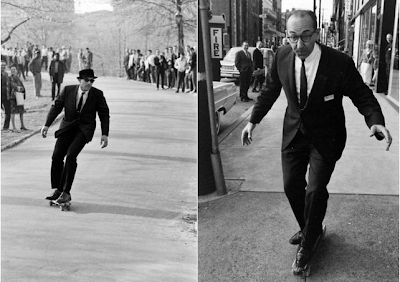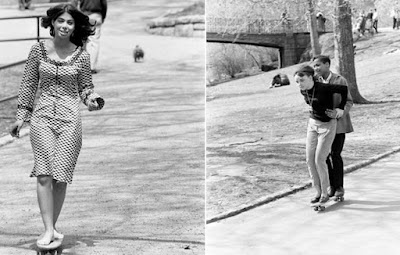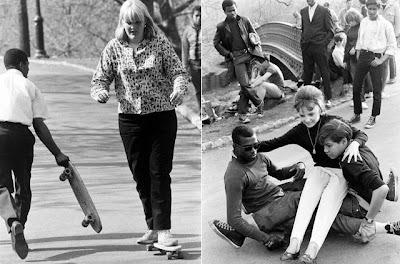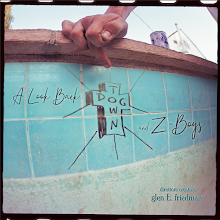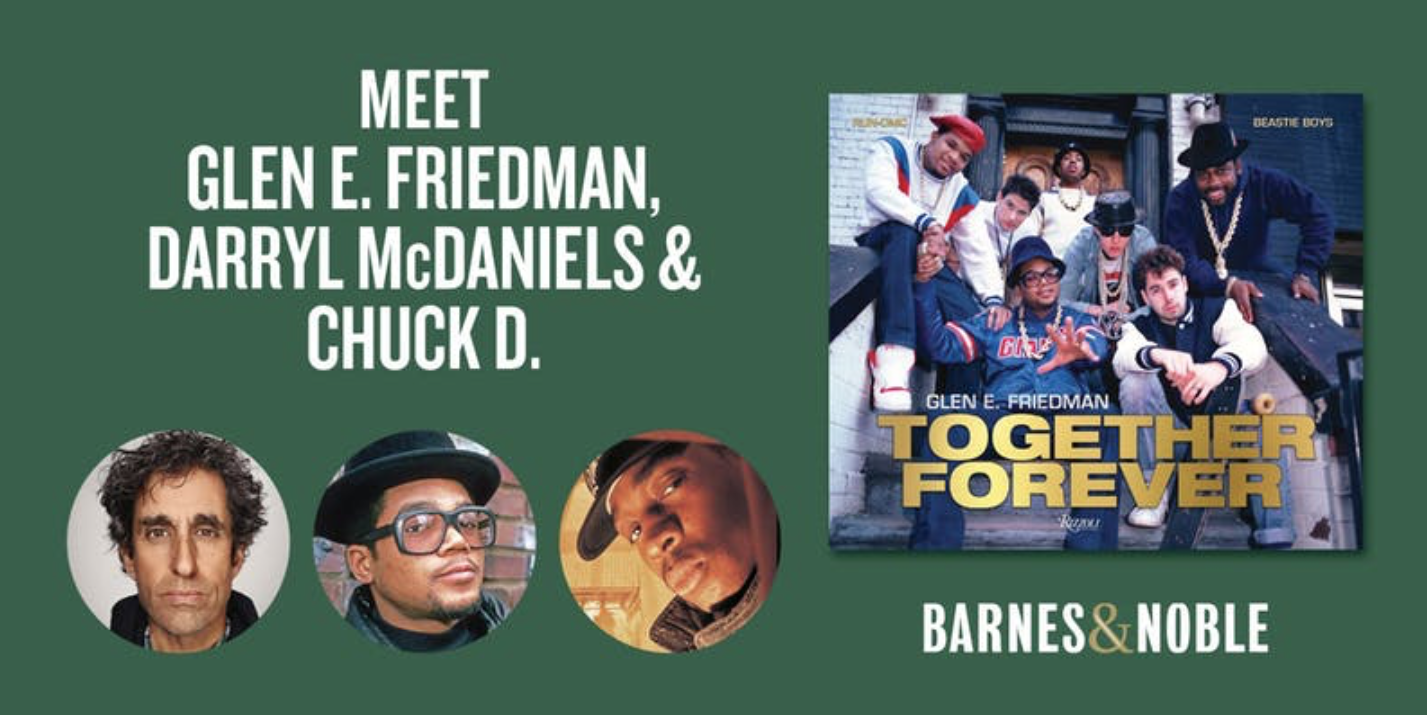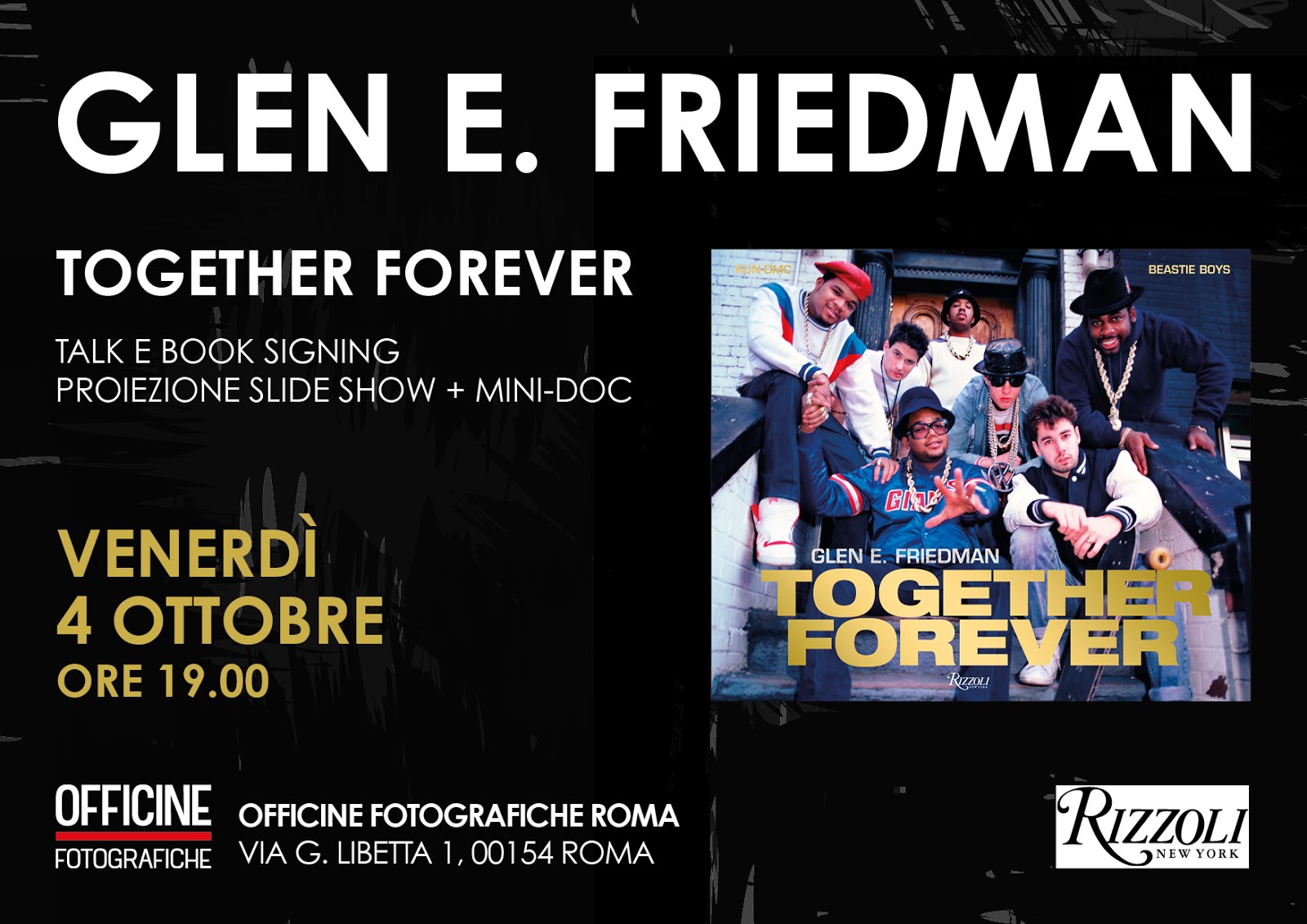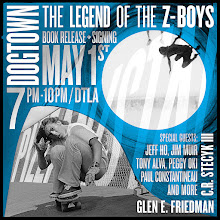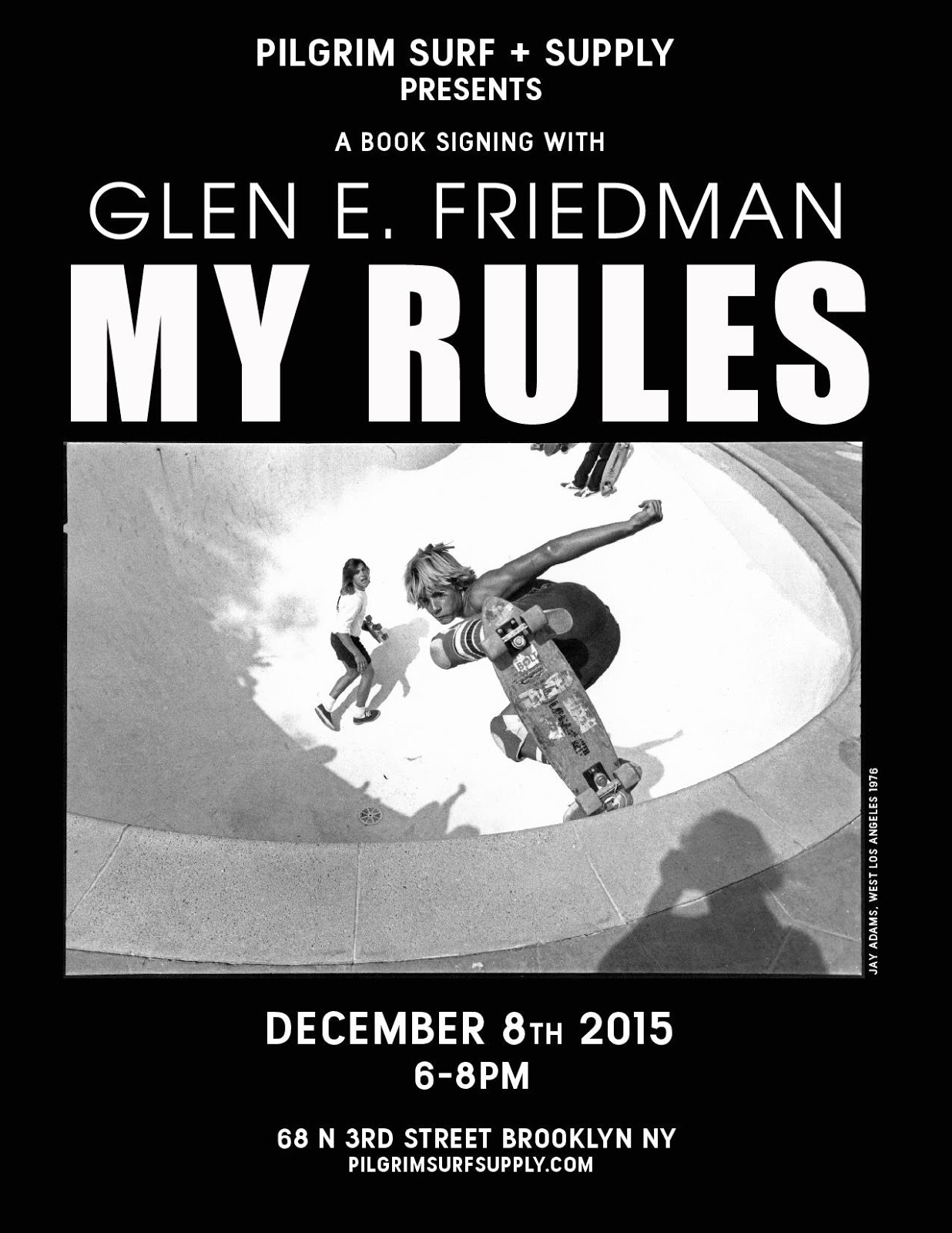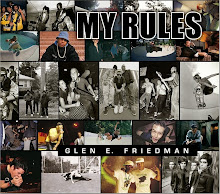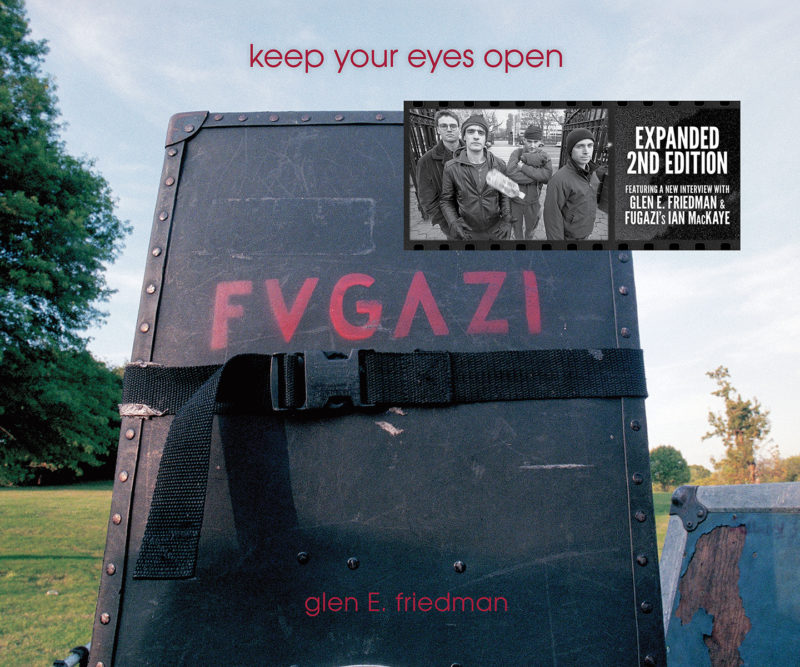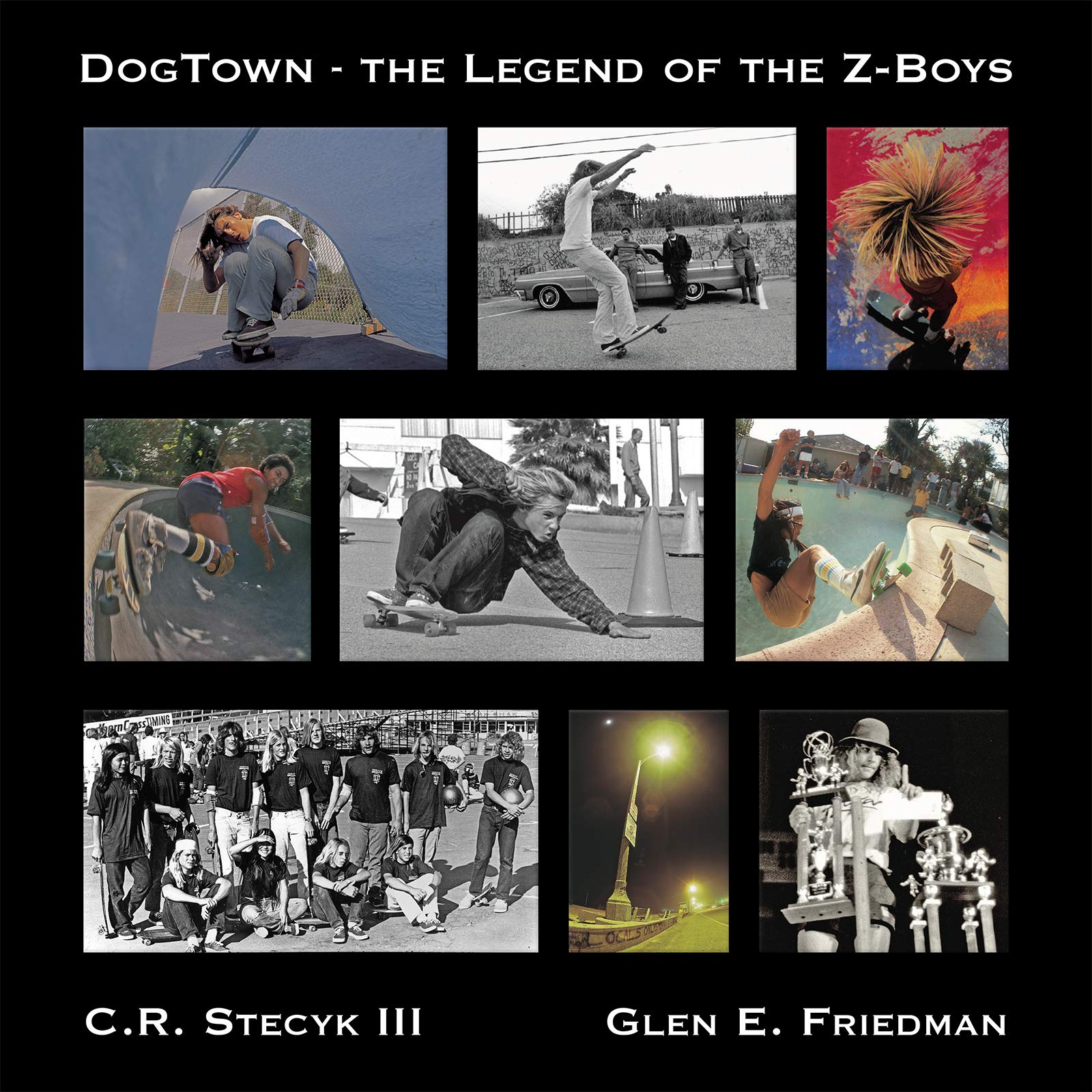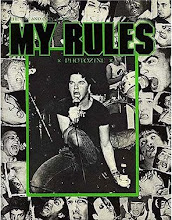In this compilation video, Loomyaire compiles all fourteen of the "window cameos" from the Adam West Batman TV series, in which real-life personages and characters from other TV shows popped out of windows while Batman and the Boy Wonder were scaling a building-face and traded Laugh-In style quips with the heroes. Included in the video are appearances by (in order) Jerry Lewis, Dick Clark, Green Hornet (Van Williams) and Kato (Bruce Lee), Sammy Davis Jr., Jose Jimenez (Bill Dana), Howard Duff as Detective Sam Stone on "Felony Squad," Colonel Klink (Werner Klemperer), Lurch (Ted Cassidy), Don Ho, Andy Devine as Santa Claus, Art Linkletter, Edward G. Robinson, Suzy Knickerbocker and Carpet King (real name unknown).
Classic.















